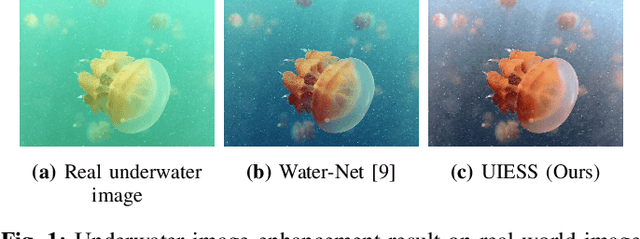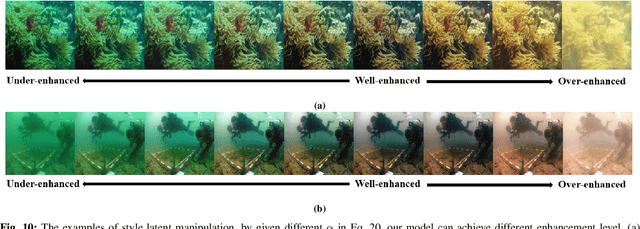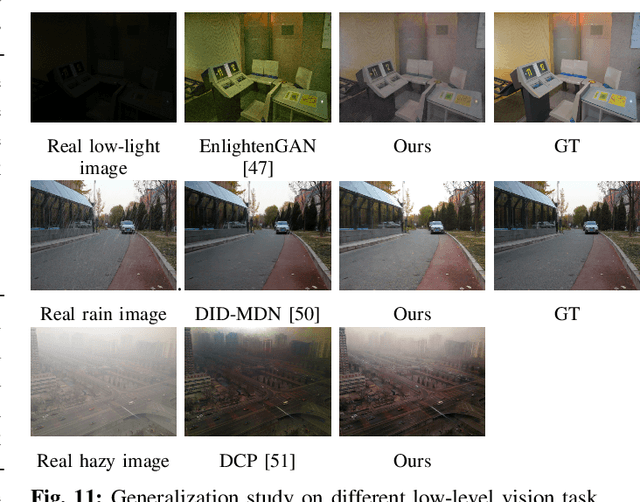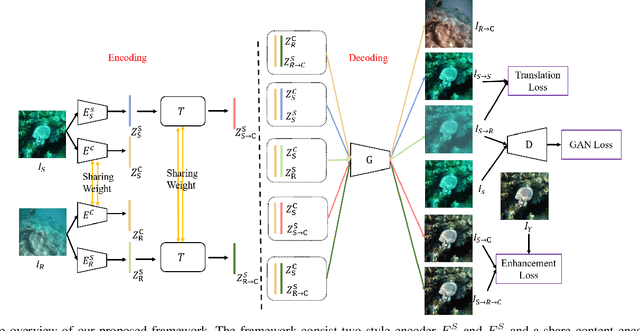Yu-Wei Chen
Optimal Survey Design for Private Mean Estimation
Jan 30, 2025Abstract:This work identifies the first privacy-aware stratified sampling scheme that minimizes the variance for general private mean estimation under the Laplace, Discrete Laplace (DLap) and Truncated-Uniform-Laplace (TuLap) mechanisms within the framework of differential privacy (DP). We view stratified sampling as a subsampling operation, which amplifies the privacy guarantee; however, to have the same final privacy guarantee for each group, different nominal privacy budgets need to be used depending on the subsampling rate. Ignoring the effect of DP, traditional stratified sampling strategies risk significant variance inflation. We phrase our optimal survey design as an optimization problem, where we determine the optimal subsampling sizes for each group with the goal of minimizing the variance of the resulting estimator. We establish strong convexity of the variance objective, propose an efficient algorithm to identify the integer-optimal design, and offer insights on the structure of the optimal design.
Always Clear Days: Degradation Type and Severity Aware All-In-One Adverse Weather Removal
Oct 27, 2023



Abstract:All-in-one adverse weather removal is an emerging topic on image restoration, which aims to restore multiple weather degradation in an unified model, and the challenging are twofold. First, discovering and handling the property of multi-domain in target distribution formed by multiple weather conditions. Second, design efficient and effective operations for different degradation types. To address this problem, most prior works focus on the multi-domain caused by weather type. Inspired by inter\&intra-domain adaptation literature, we observed that not only weather type but also weather severity introduce multi-domain within each weather type domain, which is ignored by previous methods, and further limit their performance. To this end, we proposed a degradation type and severity aware model, called \textbf{UtilityIR}, for blind all-in-one bad weather image restoration. To extract weather information from single image, we proposed a novel Marginal Quality Ranking Loss (MQRL) and utilized Contrastive Loss (CL) to guide weather severity and type extraction, and leverage a bag of novel techniques such as Multi-Head Cross Attention (MHCA) and Local-Global Adaptive Instance Normalization (LG-AdaIN) to efficiently restore spatial varying weather degradation. The proposed method can significantly outperform the SOTA methods subjectively and objectively on different weather restoration tasks with a large margin, and enjoy less model parameters. Proposed method even can restore \textbf{unseen} domain combined multiple degradation images, and modulating restoration level. Implementation code will be available at {https://github.com/fordevoted/UtilityIR}{\textit{this repository}}
Domain Adaptation for Underwater Image Enhancement via Content and Style Separation
Feb 17, 2022



Abstract:Underwater image suffer from color cast, low contrast and hazy effect due to light absorption, refraction and scattering, which degraded the high-level application, e.g, object detection and object tracking. Recent learning-based methods demonstrate astonishing performance on underwater image enhancement, however, most of these works use synthesis pair data for supervised learning and ignore the domain gap to real-world data. In this paper, we propose a domain adaptation framework for underwater image enhancement via content and style separation, we assume image could be disentangled to content and style latent, and image could be clustered to the sub-domain of associated style in latent space, the goal is to build up the mapping between underwater style latent and clean one. Different from prior works of domain adaptation for underwater image enhancement, which target to minimize the latent discrepancy of synthesis and real-world data, we aim to distinguish style latent from different sub-domains. To solve the problem of lacking pair real-world data, we leverage synthesis to real image-to-image translation to obtain pseudo real underwater image pairs for supervised learning, and enhancement can be achieved by input content and clean style latent into generator. Our model provide a user interact interface to adjust different enhanced level by latent manipulation. Experiment on various public real-world underwater benchmarks demonstrate that the proposed framework is capable to perform domain adaptation for underwater image enhancement and outperform various state-of-the-art underwater image enhancement algorithms in quantity and quality. The model and source code are available at https://github.com/fordevoted/UIESS
 Add to Chrome
Add to Chrome Add to Firefox
Add to Firefox Add to Edge
Add to Edge